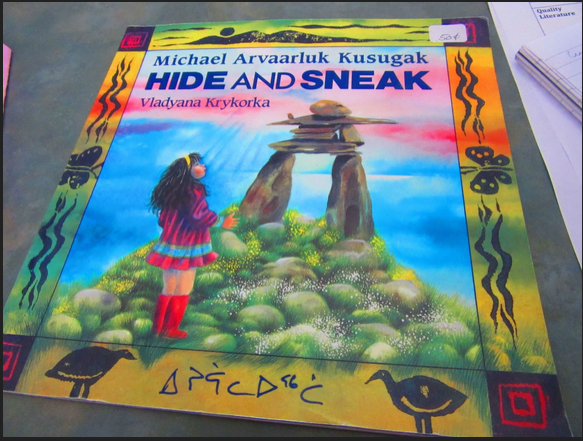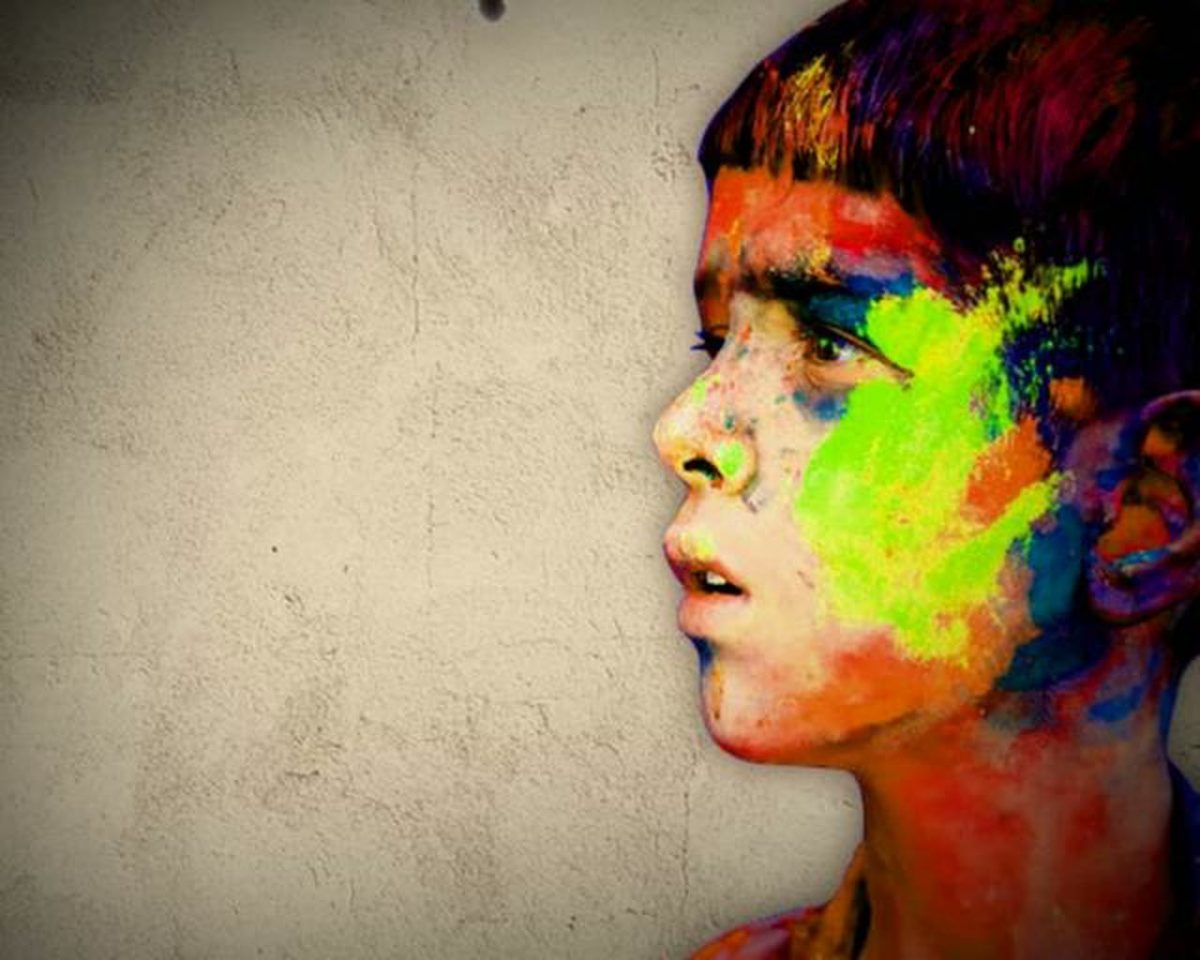I know we decided as a class that we would try to apologize less, especially when it comes to emotional outbursts, so I’ll just say a big thank you to everyone for being so great today when I burst into tears. We’ve really created a safe space and I’m very proud to be a part of it, and look forward to creating a similar space in my classroom.
I’m still not sure exactly what tipped me over the edge, except that I had a similar response while working my way through Mindset, and I think it ties into what this post should be about.
I’m slowly starting to realize that I have/had a very fixed mindset about some parts of my own intelligence that are just…not true. I have a very clear memory of telling a friend in college, “I’m not smart,” and when she protested, insisted, “No, I’m not. I’m not dumb, but I’m not smart.”
I don’t think any one person ever told me that. It was something I internalized without even realizing it. I was almost effortlessly good at English, and stuggled at Science and Math–something I’m only now realizing in the course of these classes was because I’m a very visual/story-based learner and other subjects, especially math, were never presented to me in a way that was accessable.
When taking the praxis tests for this program I didn’t study for Reading or Writing, but I took the whole week to study for the Math portion–I bought the study guide, I signed up for Khan Academy, I grilled myself ceaselessly, filled up page after page with equations–because I knew I was bad at math. It was not only probable I was going to fail but dangerously likely. Even though! The last math class I had taken–a college course in Statistics aka story-based math–I had ACED. I remember the professor handing back a test and me stopping her to ask, “Is this a real number?” because surely the 100 at the top of the page was 100 out of 150, or even 200 points, not really 100%. (It was.)
I got a 195 out of 200 on the math praxis. And still I told myself it was a fluke–a little bit of studying but mostly sheer dumb luck. But where was that Statistics Prof to remind me that the probability of scoring so high at random is astronomically small?
So I’m realizing…really belatedly…that I’ve had a lot of teachers who never tried to reach me, or learners like me, and it hurts. But I’m ALSO realizing that I have a duty to not let the same happen to my future students who struggle with English, and find Math or Science a breeze. “The courage to teach is the courage to keep one’s heart open in those very moments when the heart is asked to hold more than it is able,” as Parker Palmer says. I need to be the compassionate teacher I didn’t have as often as I should have when I was in school. I just need to be brave.

